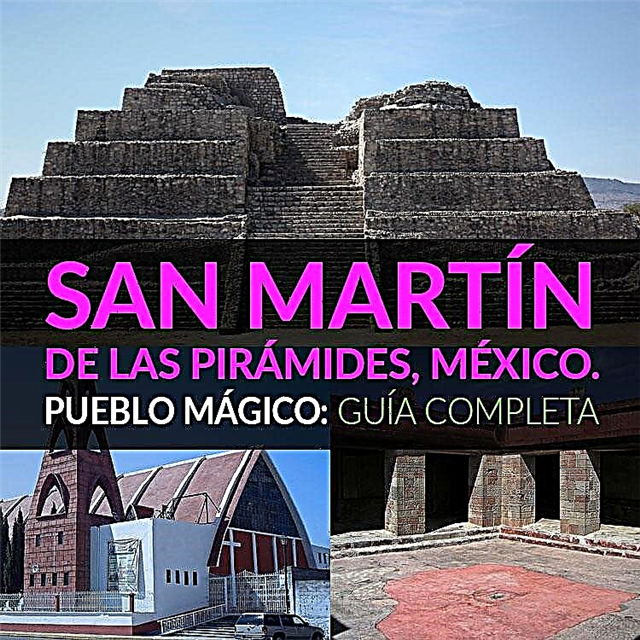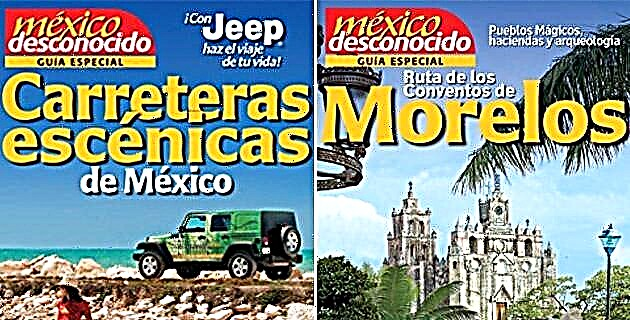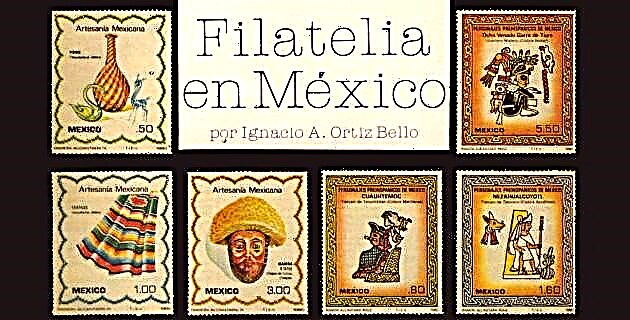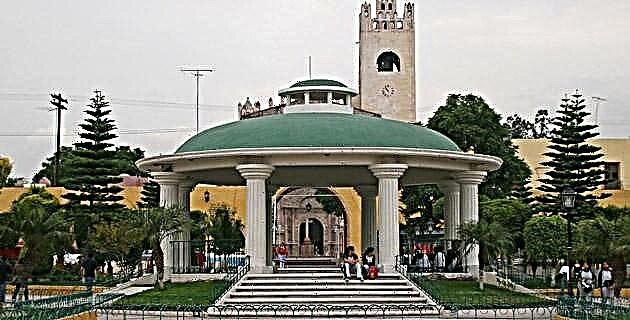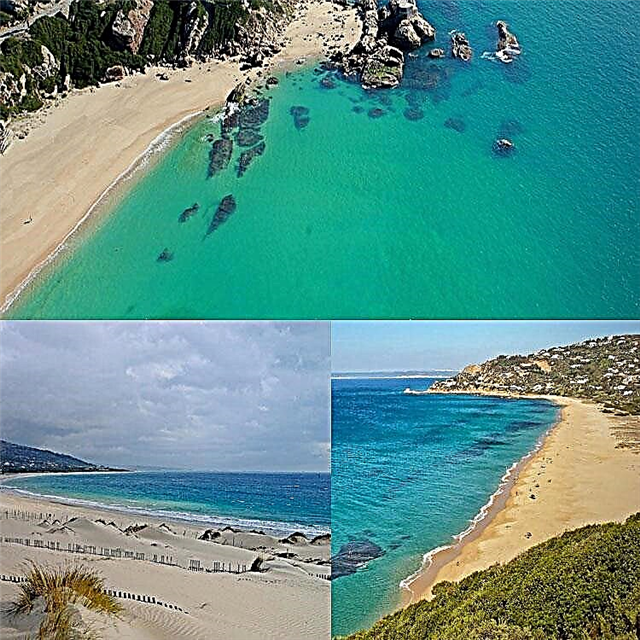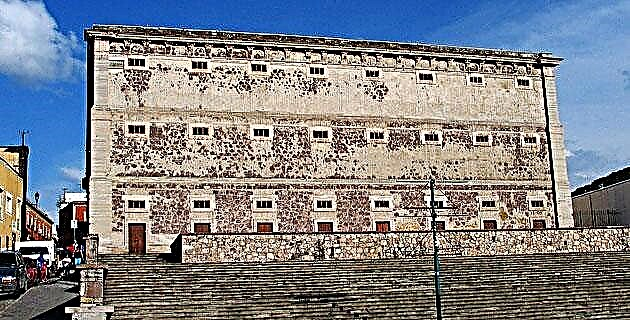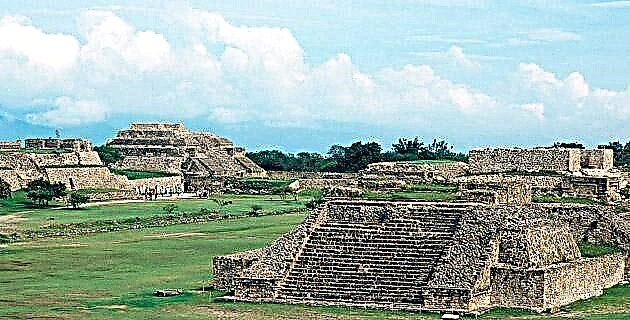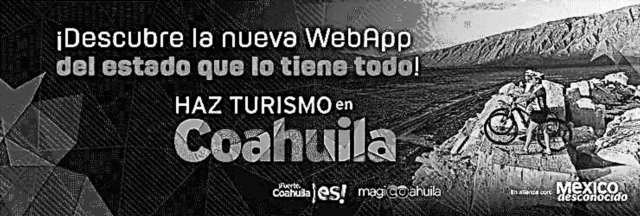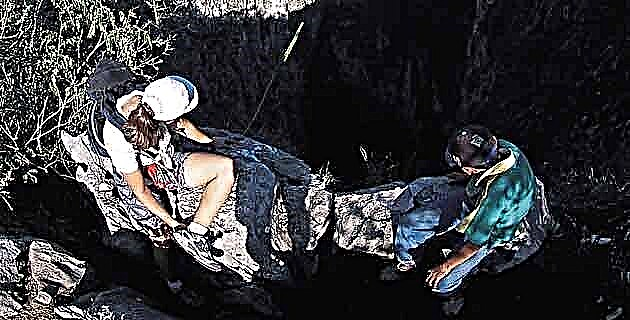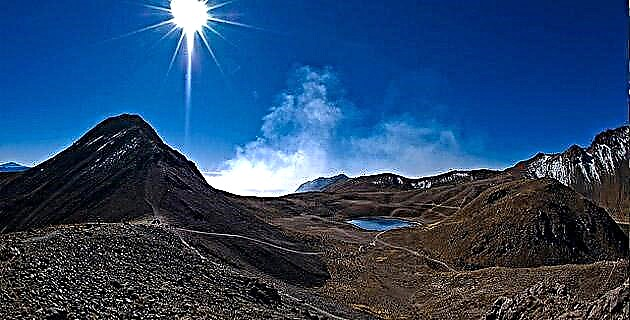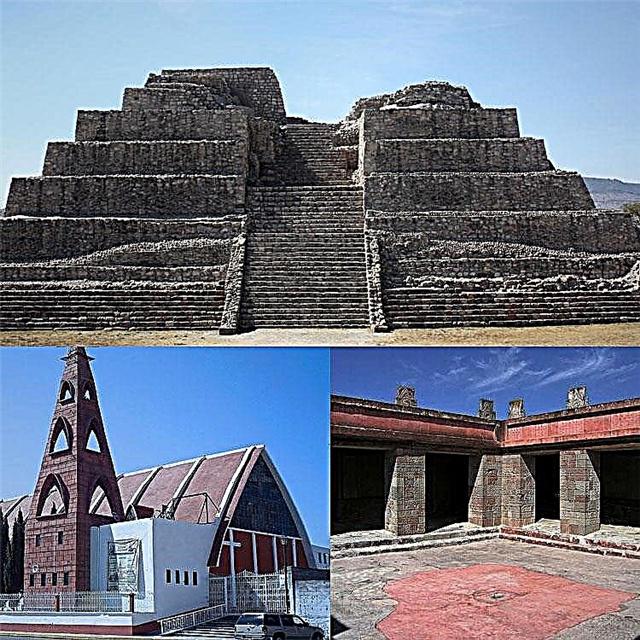The Mexican town of San Martín de las Pirámides has the charm and splendor of its archaeological zone, and the charm of other attractions that we invite you to discover in this complete guide.
1. Where is San Martín de las Pirámides located and how did I get there?
San Martín de las Pirámides is the small capital city of the Mexica municipality of the same name, nestled in the Neovolcanic Axis at an average altitude of 2,300 meters above sea level. It is surrounded by the Mexican municipalities of Axapusco and Temascalapa to the north; Teotihuacán de Arista and Tepetlaoxtoc to the south; Otumba and Axapusco to the east, and Temascalapa and Teotihuacán to the west. The capital is only 55 km from the center of Mexico City, while Toluca de Lerdo, the Mexican capital, is 140 km.
2. How did the town arise?
The pre-Hispanic city of Teotihuacán began to be built at the beginning of the Christian Era and urban development during its golden age has been compared to that of Tenochtitlán several centuries later. The conquerors and evangelizers arrived in the area in the 16th century and the Hispanic settlement was named in honor of the European saint San Martín de Tours.
The territory was quite battered after the successive wars of the 19th century and began to gain a certain boom in the 1910s with the first reconstructions of the archaeological site. In 2015, San Martín de las Pirámides and its sister town of San Juan Teotihuacán were designated Magic Town.
3. How is the climate of the Magic Town?
In San Martín de las Pirámides you can enjoy a temperate and dry climate, whose average temperature in the year is around 15 ° C, presenting few variations throughout the year. In the warmest period, from May to June, it is about 18 ° C and then the thermometer begins to drop to approach 12 ° C in December and January. In San Martín de las Pirámides it does not rain much, with rainfall below 600 mm in the year, with a rainy season that runs from May to October. Between November and April it rains very little.
4. What are the best attractions of the Pueblo Mágico?
San Martín de las Pirámides and its brotherly San Juan Teotihuacán were included in the national system of Magical Towns thanks to the Pre-Hispanic City of Teotihuacán, one of the most important in pre-Columbian Mexico for its majestic pyramids and other constructions with notable artistic expressions in sculpture and painting. Apart from the splendid pre-Hispanic city, in San Martín de las Pirámides there are other buildings of architectural interest, both classical and modern, mainly represented by the temple of San Martín Obispo de Tours and the church of Ecce Homo. The National Prickly Pear Fair, which takes place in August, was established to publicize and promote the culinary and aesthetic uses of the prickly pear fruit and tree.
5. Who built the Pre-Hispanic City of Teotihuacán?
The civilization that built the magnificent architectural works of Teotihuacán two millennia ago is a subject for discussion. One version points out that they may have been ancient Toltecs, but it is no more than speculation. In fact, the indigenous name of the site was given by the Mexica, who, overwhelmed by the magnificence of the buildings, called it the ‘‘ place where men become gods. This UNESCO World Heritage Site is made up of four large buildings or groups: the Pyramid of the Sun, the Pyramid of the Moon, The Citadel and the Pyramid of the Feathered Serpent, and the Palace of Quetzalpapálotl
6. What is the most outstanding thing about the Pyramids of the Sun and the Moon?
The Pyramid of the Sun is the highest in Mexico after the Great Pyramid of Cholula, rising 63 meters. It is an approximate square of about 225 meters on each side, whose use by the ancient Mexicans is unknown, although it must have had a great purpose. The first modern reconstruction works were carried out at the beginning of the 20th century by the famous archaeologist and anthropologist Leopoldo Batres, works that were the subject of great controversy because they supposedly would have distorted part of the original meaning of the great pyramid. The Pyramid of the Moon has a height of 45 meters, but it appears to be the same height as that of the Sun because of the difference in level between the sites.
7. What stands out in the Citadel and the Pyramid of the Feathered Serpent?
The Citadel is a large quadrangle of approximately 16 hectares located on the west side of the Calzada de los Muertos. Inside the Citadel is the Pyramid of the Feathered Serpent and other buildings and secondary rooms. The pyramid is distinguished by the beauty of its artistic expressions, particularly the representations of the Feathered Serpent, the divinity that is part of the mythology of several Mesoamerican pre-Hispanic peoples. In the Pyramid the Feathered Serpent the remains of more than 200 sacrificed human beings have been found, which macabrely reveals the supreme importance of the building for pre-Columbian rites.
8. What is the Palace of Quetzalpapálotl like?
The design of this palace suggests that it was the residence of people of the greatest importance, surely the rulers of the peak of power or high priests in charge of the main rituals. The quetzal, the jaguar and the butterfly are three living beings of great importance in Mesoamerican pre-Columbian mythology and art, and the ornamentation of the Quetzalpapálotl Palace evidences the work of notable artists in their representations. The palace is located in the southwest corner of the space dominated by the Pyramid of the Moon and its access is through a staircase with figures of jaguars.
9. What is the interest of the Parish of San Martín Obispo de Tours?
This temple was built in 1638 and is located in front of the Plaza 24 de Mayo in the Mexican town. The church has a large and beautiful landscaped atrium, reaching the portal by a wide central path flanked by lanterns, which starts from an access constituted by a beautiful semicircular arch with a scalloped outer profile. The church has two towers, one larger and one smaller, and an octagonal semi-conical dome. In the parish, Martin de Tours, the 4th century Hungarian saint who was a soldier in the service of the Roman Empire and later bishop of the French city of Tours, is venerated.
10. What is the Church of Ecce Homo like?
This modernist temple erected in the 1980s is located on Calle Torrente Piedras Negras. The structure, both attractive and simple, is formed by a single nave with a gabled roof with a pronounced inclination. The lower part of the square-shaped façade is ornamented by a large white cross, while on the upper surface, triangular in shape, there is a mural of large mosaics. Continuing the dominance of the triangle in architectural design, the second body of the minimalist tower is a four-sided pyramid with triangular openings on three levels. Between the facade and the square base of the tower there is a third cubic body, except for the side that joins the sloping roof.
11. When is the National Tuna Fair?
Since 1973, this event has become one of the most important in the country in terms of promoting the nopal fruit as an element in the preparation of dishes, sweets, beverages and cosmetics. The event, which is held in August, begins with the contest for the election of the queen of the event and continues with the display of dishes, waters, sweets, jams, atoles, ates, liqueurs, body creams and any other useful thing that can be done with the prickly pear and the nopal. The stonework craftsmen also display their beautiful obsidian pieces of different colors and there are presentations of the main regional dances, such as Los Alchileos, Moros y Cristianos, and Los Serranitos.
12. What are the main festivals in town?
The main festivals of San Martín de las Pirámides are those held in November in honor of San Martín de Tours. The festival brings together a large number of parishioners and tourists from the Mexican towns and other neighboring states, as well as the DF, attracted mainly by dance performances, such as the Moors and Christians, in which the participants are dressed in costumes. of great showiness, executing beautiful choreographies. Another long-awaited typical dance is that of the Alchileos, in which the demons dance to the rhythm of the shawms and the teponaztlis, while they play friendly tricks on those present.
13. What is distinguished in crafts and gastronomy?
The artisans of San Martín de las Pirámides are skilled stone carvers, particularly black and colored obsidian, onyx and quartz, which they make into beautiful ornaments and utensils. Mud and alpaca also work very well. Stews, drinks and sweets based on tunas and nopal are the order of the day, while from the pre-Hispanic past the flavors have remained in the recipes of different beef, pork, lamb, rabbit, poultry and fish, prepared with tomatoes , chili peppers and other local ingredients.
14. Where can I stay and eat?
The proximity of Mexico City determines that the main tourist flow to the Magic Town comes from the capital of the country. However, in San Martín de las Pirámides there are good hotels for those who wish to settle a jump from the Teotihuacan archaeological zone. Among these are the El Jaguar Boutique Hotel, Casa de la Luna Hotel and the Tamoanchan Hostel. To taste Mexican food in San Martín de las Pirámides we recommend you go to Techinanco, where they serve an exquisite mole de huitlacoche.
Our virtual tour of San Martín de las Pirámides ends. We hope that you can soon make a very real one for the charming Mexica people. We will meet again very soon!
